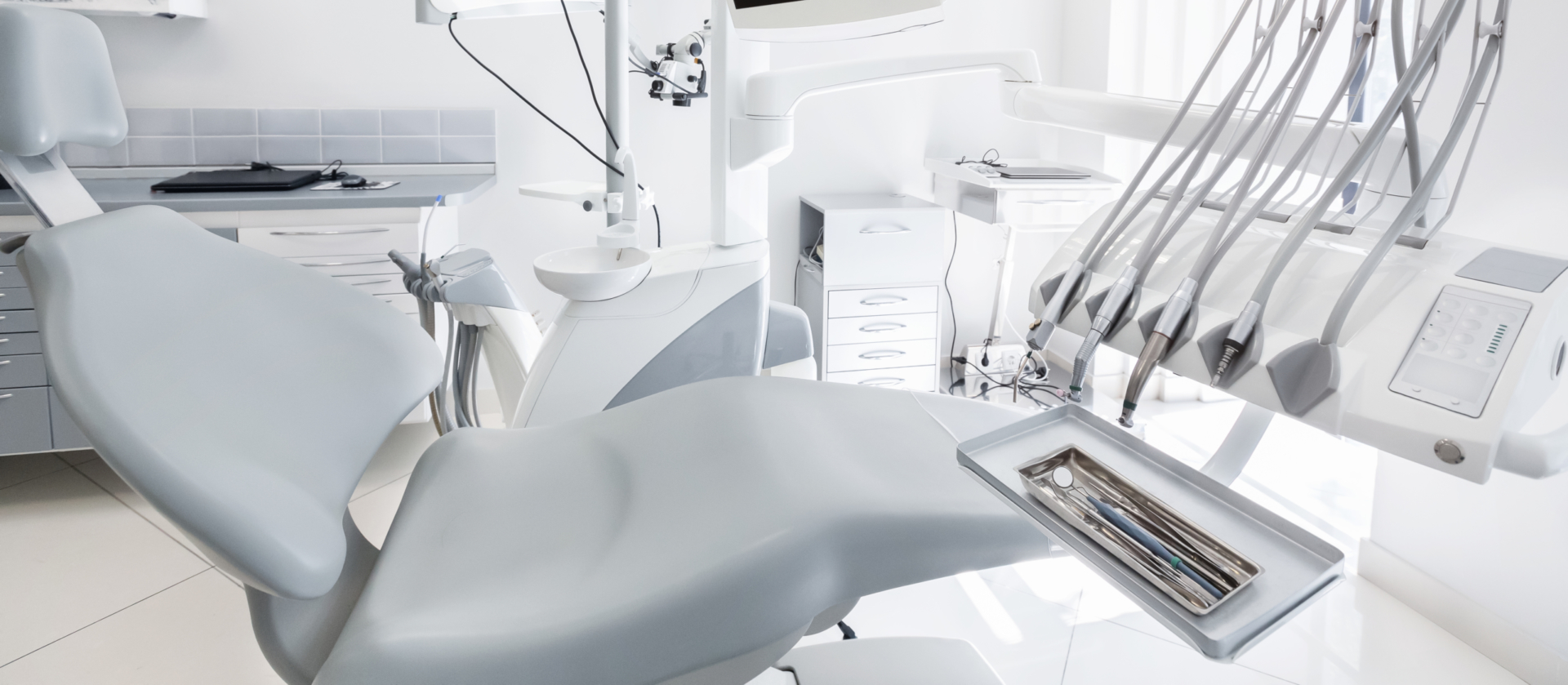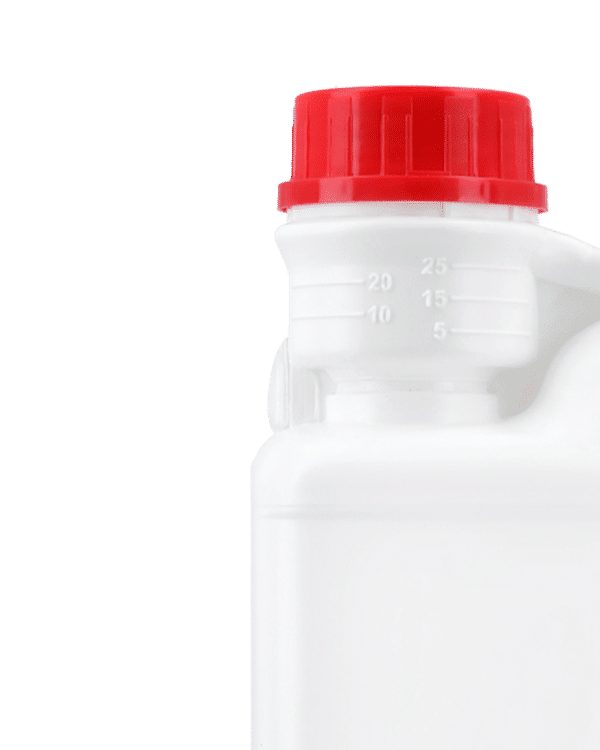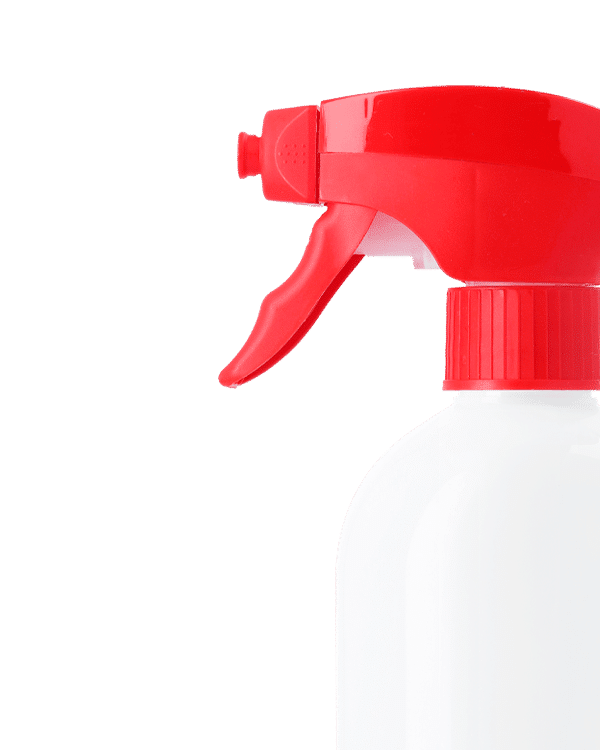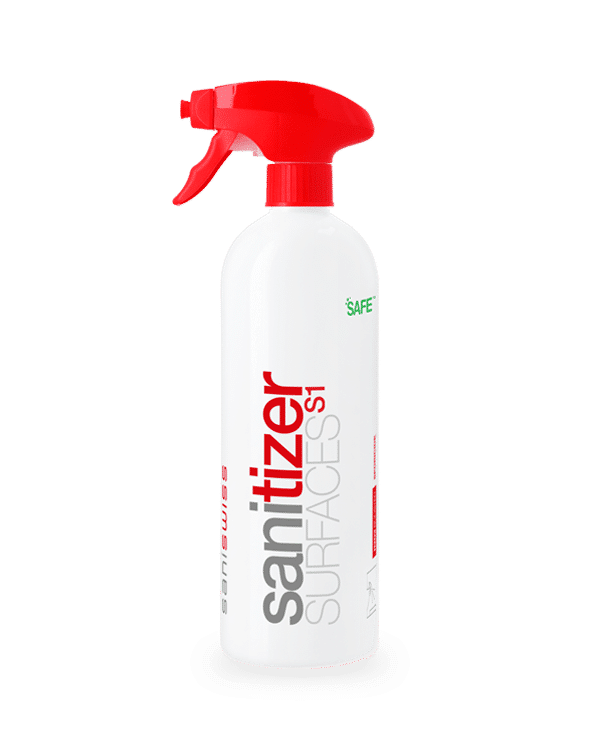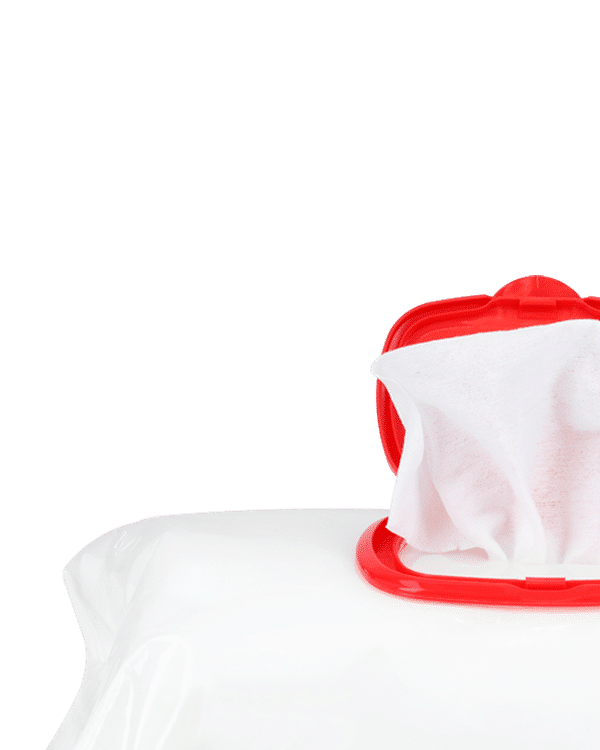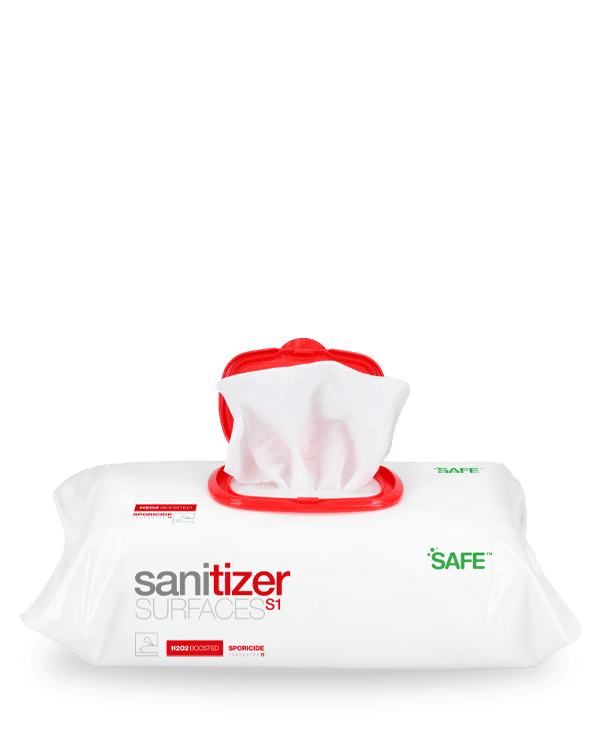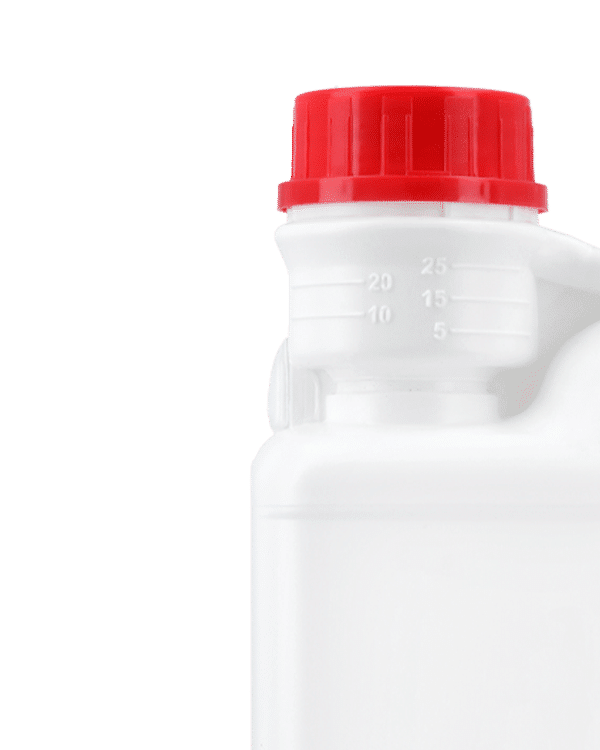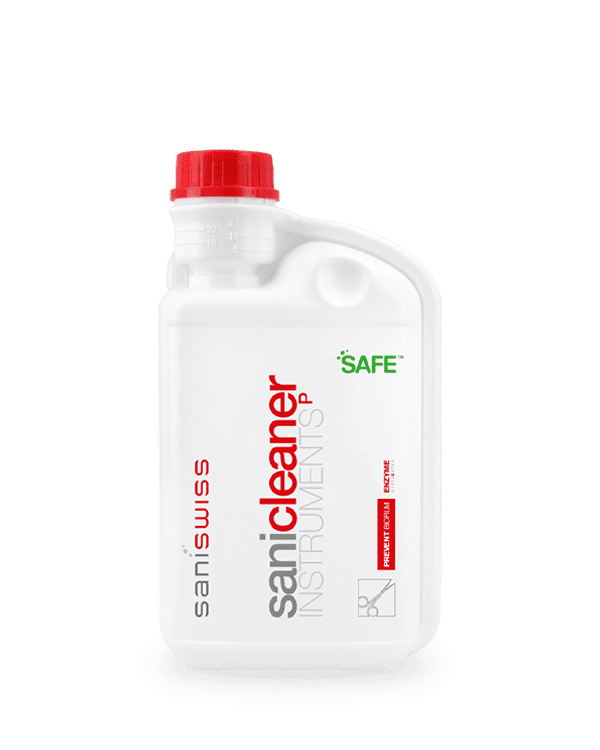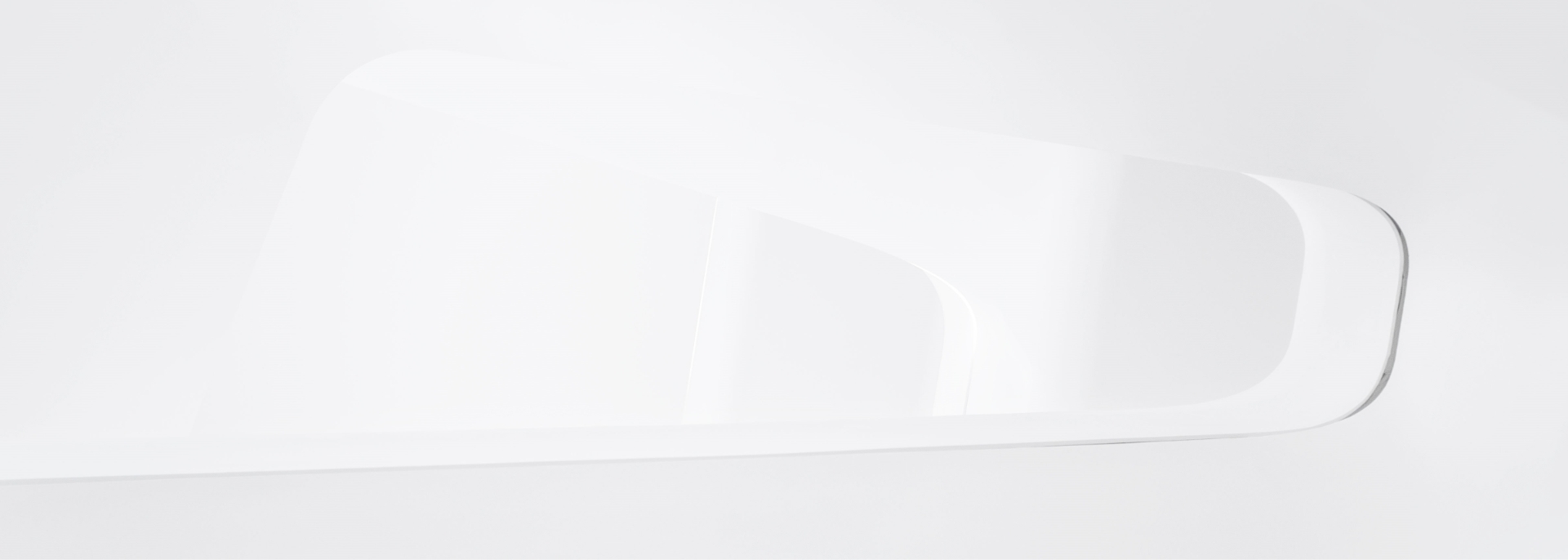QACs are old fashion chemistry
Since their introduction around 100 years ago, by the 1940s quaternary ammonium compounds gained a strong position in the market and nowadays are count as the most common disinfectant covering more than 50% of disinfectant retail. While they possess quite a broad spectrum of antimicrobial activity they cannot sufficiently cover all microbes within the realistic contact time. The efficiency of QACs is influenced by their carbon chain. Important here is to note is that QACs with twin alkyl chains are more efficient than the one chained, as well that single alkyl chain containing between 12 and 16 carbon molecules presents stronger activity than the one with another number of carbons in the chain. But how do the QACs work? They are detergents or so-called surface-active compounds thanks to their amphiphilic nature. This means that they target the membrane of bacteria or lipid layer of enveloped virus causing its destabilization and permeabilization.
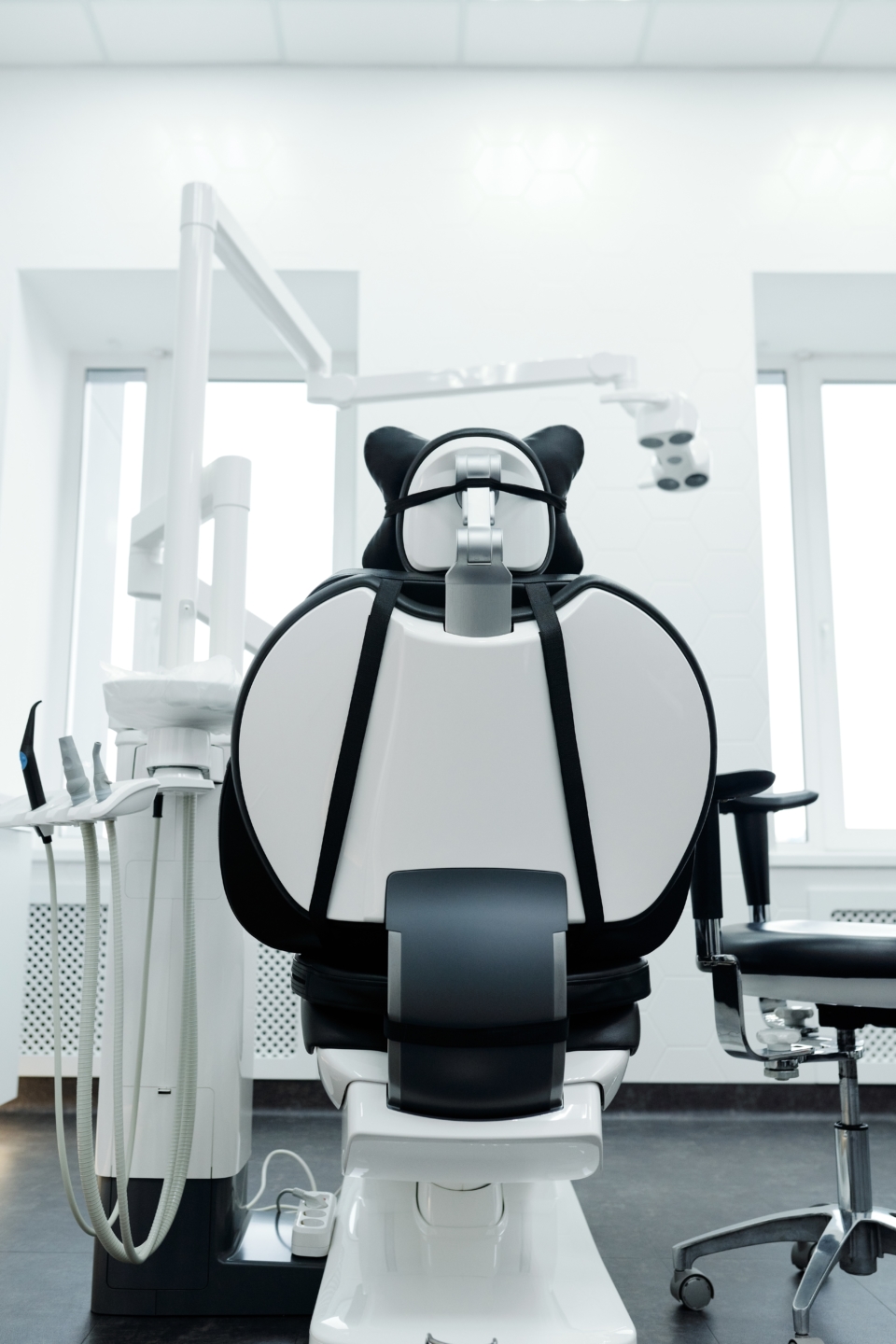
Antibiotic resistance following QACs exposure
An inadvertent consequence of QAC usage, especially caused by the availability of the compound in diluted concentration in wastewater or clinical settings, is raising tolerance or resistance to certain QACs and development of cross-tolerance to other QACs formulations among pathogenic bacteria. Moreover, due to slow perturbation of the membrane, a horizontal gene transfer can occur and allow bacteria to incorporate resistance genes. This phenomenon is especially interesting in the current era of the global threat of AMR and the high importance of antibiotic and biocides stewardship. Therefore, we should not omit this problem as AMR might cost us another pandemic.
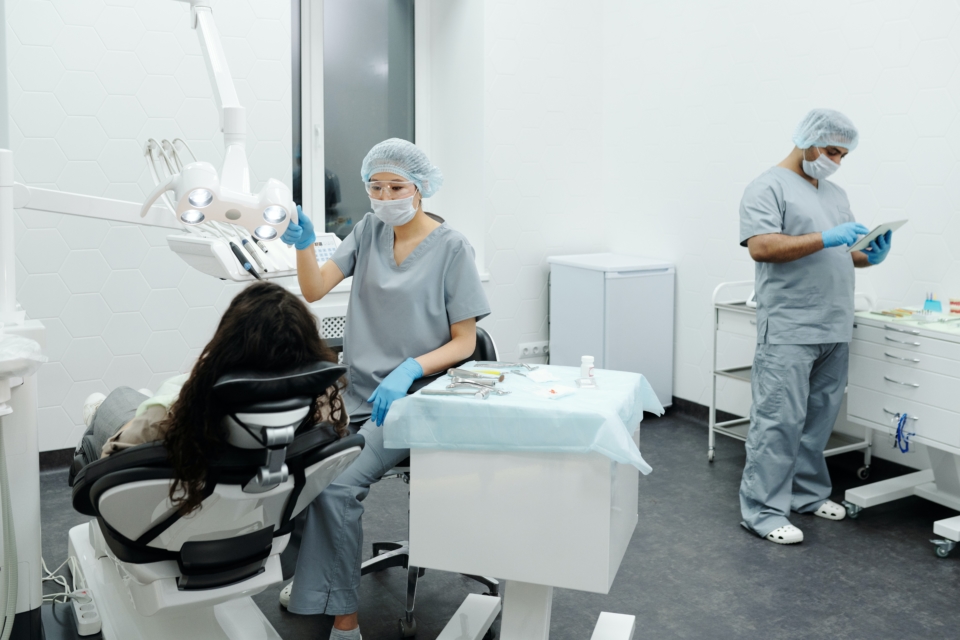
Biofilm issue: QACs are not protecting against it
Environmental factor: QACs affect aquatic life
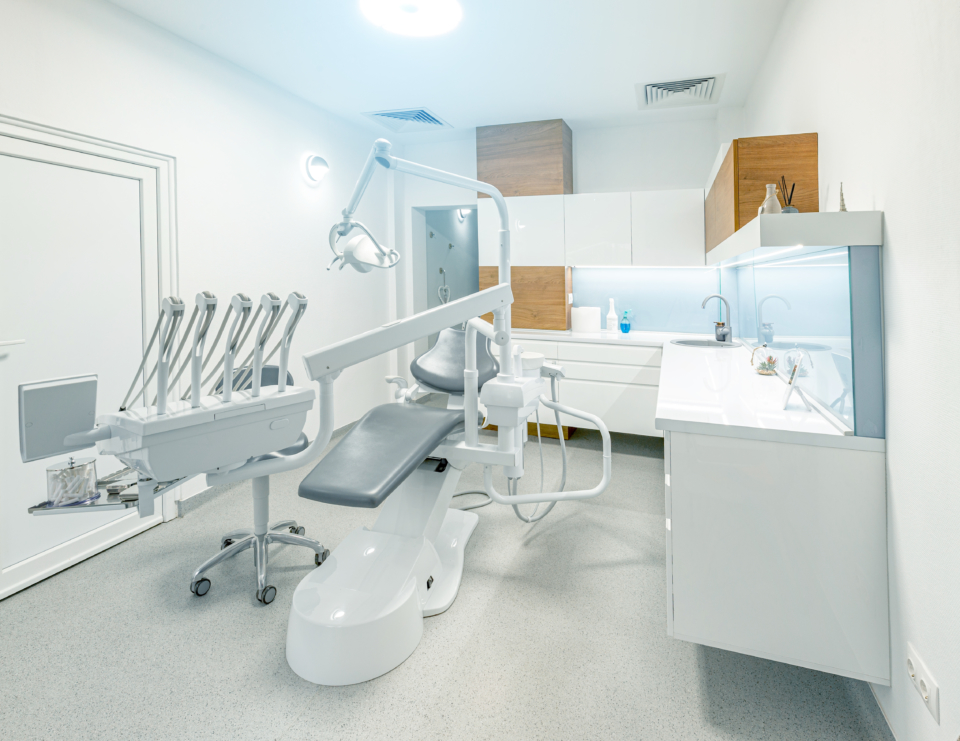
Safe alternatives

Bibliography
- Lineback CB, Nkemngong CA, Wu ST, Li X, Teska PJ, Oliver HF. Hydrogen peroxide and sodium hypochlorite disinfectants are more effective against Staphylococcus aureus and Pseudomonas Aeruginosa biofilms than quaternary ammonium compounds. Antimicrob Resist Infect Control. 2018 Dec 17;7:154. doi:10.1186/s13756-018-0447-5.
- Campanac C, Pineau L, Payard A, Baziard-Mouysset G, Roques C. Interactions between biocide cationic agents and bacterial biofilms. Antimicrob Agents Chemother. 2002;46(5):1469-1474. doi:10.1128/AAC.46.5.1469-1474.2002
- A. Bridier, R. Briandet, V. Thomas & F. Dubois-Brissonnet (2011) Resistance of bacterial biofilms to disinfectants: a review, Biofouling, 27:9, 1017-1032, doi:10.1080/08927014.2011.626899
- Lyon TC. Quaternary ammonia compounds: should they be used for disinfection in the dental office? J Dist Columbia Dent Soc. 1973 Winter;48(4):10-8
- Di Nica V, Gallet J, Villa S, Mezzanotte V. Toxicity of Quaternary Ammonium Compounds (QACs) as single compounds and mixtures to aquatic non-target microorganisms: Experimental data and predictive models. Ecotoxicol Environ Saf. 2017 Aug;142:567-577. doi:10.1016/j.ecoenv.2017.04.028. Epub 2017 May 8.
- Hora PI, Pati SG, McNamara PJ, Arnold WA. Increased Use of Quaternary Ammonium Compounds during the SARS-CoV-2 Pandemic and Beyond: Consideration of Environmental Implications. Environ Sci Technol Lett. 2020;acs.estlett.0c00437. Published 2020 Jun 26. doi:10.1021/acs.estlett.0c00437
